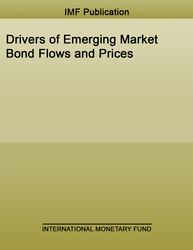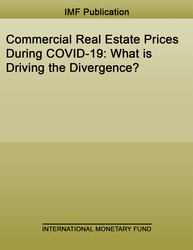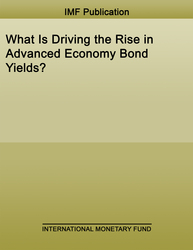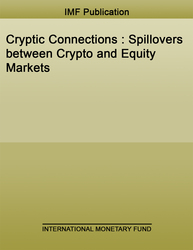
Drivers of Emerging Market Bond Flows and Prices
Drivers of Emerging Market Bond Flows and Prices
READ MORE...
Volume/Issue:
Volume 2021
Issue 004
Publication date: December 2021
ISBN: 9781616357597
$5.00
Add to Cart by clicking price of the language and format you'd like to purchase
Available Languages and Formats
| English |
Prices in red indicate formats that are not yet available but are forthcoming.
Topics covered in this book
This title contains information about the following subjects.
Click on a subject if you would like to see other titles with the same subjects.
Exports and Imports , Finance , Economics- Macroeconomics , Money and Monetary Policy , Economics / General , emerging markets , bonds , COVID-19 , at-risk framework , bond flow , hard currency assets , portfolio flow , emerging market assets , hard currency-denominated bond , hard currency bond , Emerging and frontier financial markets , Currencies , Bonds , Securities markets , Capital flows , Global
Also of interest
Summary
An interesting disconnect has taken shape between local currency- and hard currency-denominated bonds in emerging markets with respect to their portfolio flows and prices since the start of the recovery from the COVID-19 pandemic. Emerging market assets have recovered sharply from the COVID-19 sell-off in 2020, but the post-pandemic recovery in 2021 has been highly uneven. This note seeks to answer why. Yields of local currency-denominated bonds have risen faster and are approaching their pandemic highs, while hard currency bond yields are still near their post-pandemic lows. Portfolio flows to local currency debt have similarly lagged flows to hard currency bonds. This disconnect is closely linked to the external environment and fiscal and inflationary pressures. Its evolution remains a key consideration for policymakers and investors, since local markets are the main source of funding for emerging markets. This note draws from the methodology developed in earlier Global Financial Stability Reports on fundamentals-based asset valuation models for funding costs and forecasting models for capital flows (using the at-risk framework). The results are consistent across models, indicating that local currency assets are significantly more sensitive to domestic fundamentals while hard currency assets are dependent on the external risk sentiment to a greater extent. This suggests that the post-pandemic, stressed domestic fundamentals have weighed on local currency bonds, partially offsetting the boost from supportive global risk sentiment. The analysis also highlights the risks emerging markets face from an asynchronous recovery and weak domestic fundamentals.
Copyright © 2010 - 2025
Powered by:
AIDC



